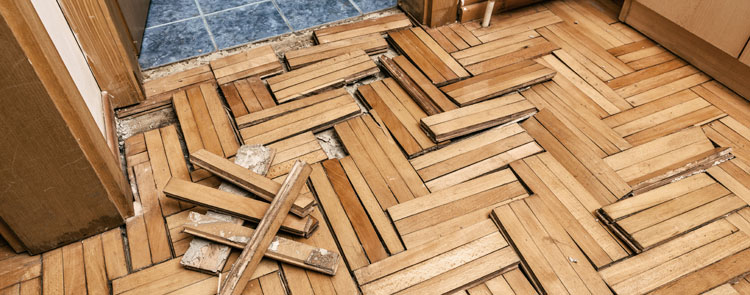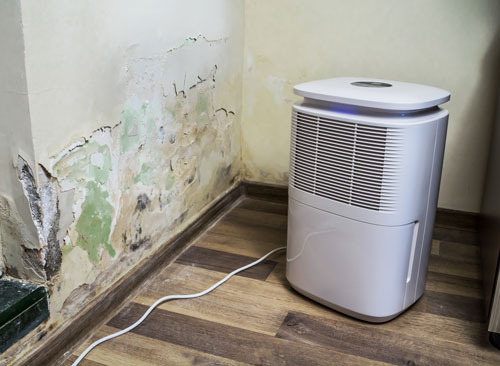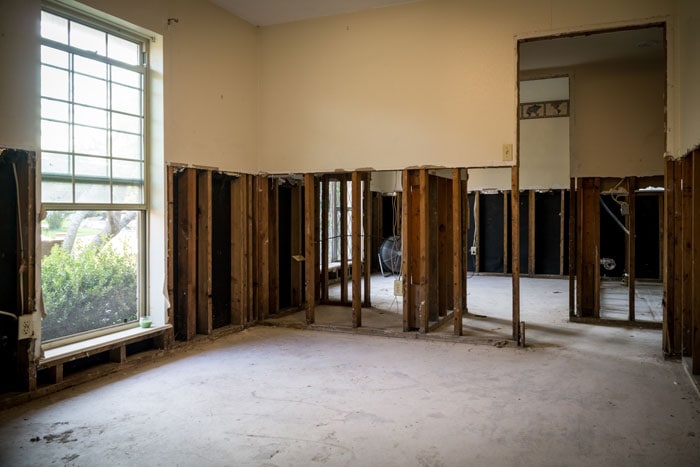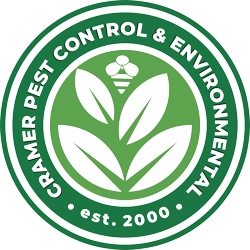Water Damage Restoration Tips: Regain Control Of Your Home After a Flood
Whether you’ve come home from a trip to find a pipe has burst under your sink, or are currently watching the creek behind your house creep ever closer – water damage can come from many different sources!
Regardless of its origin, water damage is not to be taken lightly. Beyond the immediate effects of soaking everything and damaging electronics, water can cause wood and drywall to warp, and lingering moisture results in dangerous mold growth which can cause long-term health problems.
We recommend professional water damage restoration services, but this article covers our top tips for getting the water damage mitigation process started.
Not all water damage is created equal
Depending on the source of your water damage you may have a big problem or a really big problem on your hands. Before starting your water damage restoration project it’s important to assess what sort of water damage you’re dealing with.

Clean water
This is the best possible scenario. Rain, leaking pipes, and burst pipes are the three most common culprits. Since this water is essentially clean enough to drink there is no need to take additional precautions.
As long as the quantities of water are small enough, DIY restoration for clean water flooding is straightforward.
Gray water
Gray water is water that is contaminated with non-fecal material. This includes the water leaks from dishwashers and washing machines. Gray water often contains contaminants, like food particles, which makes cleaning up affected areas more difficult.
Depending on the quantities involved, gray water restoration may be a project that can be handled on a DIY basis. However, professional remediation is recommended.
Black water
While water damage of any sort is bad news, black water is by far the least desirable. Black water includes overflowing sewage lines, or any water source that poses a significant health hazard.
Natural disasters, like floods and storm surge, might seem like relatively clean sources of water – but the reality is that they often contain elevated levels of fecal bacteria and should be treated like black water intrusion.
Black water damage cleanup requires specialized equipment and training and DIY restoration should not be attempted. Contact a professional restoration company.
What to do immediately after flooding:
In all but the most minor cases of flooding, you are going to want professional help! Generally, you will be able to make an insurance claim for flood damage, helping to offset the cost of hiring a professional.
However, there may be a lag time of hours or even days before professionals can make it to your home. If you are safely able to start the water damage restoration process, you can begin the process yourself and possibly prevent the damage from worsening.
Staying Safe
Before following any of these tips, it is essential to take care of your personal safety.
Disconnect your power
Electricity and water do not mix! In the event of a flood you should immediately shut off power to the affected areas. Power should be shut off at the circuit breaker.
If in doubt as to the extent of the flooding, your breaker panel should have a switch that shuts off the power to your entire home.
Wear protective clothing
Depending on the type of water damage you’re dealing with, the need for protective clothing will vary. A burst water line from your refrigerator is not particularly risky, while a basement flooding due to a backed up sewage pipe is a serious health risk.
When undertaking water damage repair in high risk conditions it is important to wear protective gear like waterproof boots, gloves, and a respirator. If you’re applying disinfectants, including homemade disinfectant solutions, it is important to follow all of the necessary precautions including working in a well ventilated area and wearing a respirator.

Assess for structural damage
In the case of severe flooding, the structure of your home may be damaged. If your floors appear to have buckled or are sitting at an angle then you have a very serious problem which should be left to the professionals.
Eliminate standing water
Getting the water out of your home as quickly as possible is essential for preventing mold growth and further damage.
Large quantities of standing water may require specialized pumps, while small amounts can be removed with a mop and bucket or a wet/dry shop vac.
Note: When using a wet/dry shop vac you will want to first remove the vacuum’s air filter! Use an attachment with a narrow and flat opening instead of a round nozzle.
Maximize airflow and dehumidify
Once you’ve removed any standing water, the next step is to continue the drying process. Use fans to generate airflow and use dehumidifiers to pull moisture out of the air.
It is very hard to overdo airflow – more fans and bigger fans are typically going to yield better results.
Plan on running the fans and dehumidifiers at full power for several days at a minimum.

Remove damaged and porous materials
Removing damaged materials is an important part of water damage restoration as their removal makes it easier for the drying process to proceed.
Take down waterlogged drywall instead of waiting for it to dry – it will be easier to remove when it is wet and will likely warp or mold as it dries. An added benefit is that your wall’s interiors will be exposed to the airflow from your fans, reducing the likelihood of mold and mildew.
Porous materials like carpets, rugs, mattresses, furniture, and even cabinetry all hold moisture and should be removed. Rugs and furniture may be salvageable – allow them to dry in a separate area.
Remove any mud, dirt, or sediments
If a storm surge or floodwaters were the source of your flooding, there is a high likelihood that the receding waters left behind a good deal of silt and dirt. Remove as much of the dirt as possible, including scrubbing durable surfaces (tile, wood, and concrete).
Disinfection will be ineffective if you skip this step! Chemicals like bleach deactivate in the presence of biological materials, so dirt and mud will reduce its ability to kill mold spores.
Disinfect impacted surfaces
This step is not typically necessary for minor water damage caused by clean water sources. For gray water, black water, and large-scale flooding from clean sources, however, disinfection is an important step for preventing mold.
The CDC recommends lightly spraying impacted areas with a diluted bleach and water solution (1 part bleach to 16 parts water, or 8 ounces of bleach in 1 gallon of water).
Note: Do not use a more concentrated solution – it will not be more effective at cleaning and poses greater health risks.
Monitor for mold and mildew
As your home dries you’ll want to watch for mold growth. Any materials that are showing signs of mold (discoloration, a fuzzy texture, or peeling paint) should be removed and the area assessed for lingering moisture.
Stay Safe, Get Dry, Watch For Mold
Water damage is rightfully one of homeowners most feared home disasters. Between the damage done directly and risk of subsequent mold invasion, prevention is ideal. However, disaster does occasionally strike despite our best intentions, and when it does you need to act fast while staying safe by removing standing water and starting the drying process ASAP.
Professional water removal companies are your best bet for minimizing the damage as they have the training and tools to tackle even the most extensive flooding.

